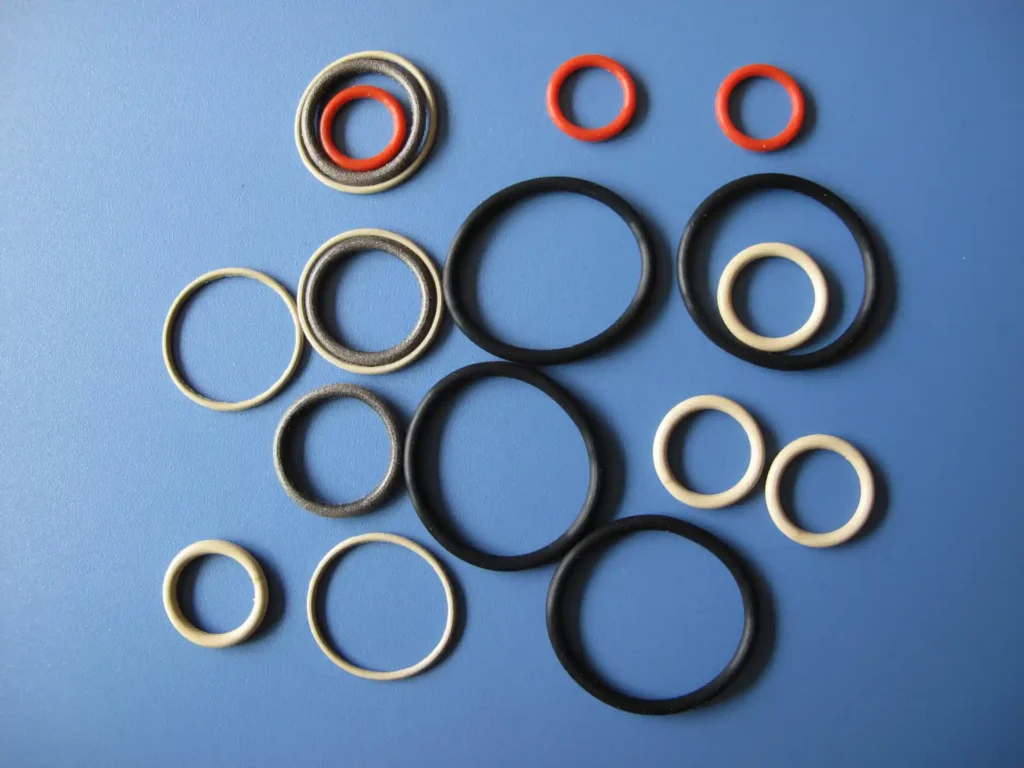As an important rubber additive, activated magnesium oxide has a significant impact on the rubber vulcanization performance. By studying the amount of active magnesium oxide, particle size and reaction conditions, we can deeply understand its promoting effect on rubber vulcanization performance and its mechanism of action. This is of great significance for optimizing the performance of rubber products, improving production efficiency and reducing costs.

Messi Biology pointed out that in CPE and CR rubber, the maximum torque of using activated magnesium oxide mixing glue will be higher than that of light magnesium oxide mixing glue. At the same time, the properties of magnesium oxide with the same activity in different rubbers will also vary. Compared with ordinary magnesium oxide, high-active magnesium oxide can significantly enhance the strength and processing safety of neoprene. Therefore, when producing high value-added products, it is recommended to use highly reactive magnesium oxide instead of ordinary magnesium oxide.
In addition, the addition of activated magnesium oxide can shorten the positive vulcanization time, improve labor productivity, and reduce unit energy consumption, thus bringing significant economic benefits. Highly active magnesium oxide is not only used as a receptor and vulcanizing agent for volatile acids, but also has the functions of anti-coking agents and heat stabilizers. This makes it very suitable for formulating rubber mixtures based on halogenated rubbers, such as chloroprene, fluorine-containing elastomers, chlorinated and chlorosulfonated polyethylene rubbers, etc. These rubber products are widely used in conveyor belts, pressure hoses, transmission belts, automotive seals, cable sheaths and other fields.
It is worth noting that as the activity value of magnesium oxide increases, its water absorption will also increase accordingly. At the same time, high-active magnesium oxide will shorten the scorch time of the glue, reduce the degree of vulcanization, and increase the permanent deformation of the compression. Therefore, special caution is required when using highly reactive magnesium oxide in areas with high humidity in the south. In addition, high-active magnesium oxide can be used in the formula with low magnesium oxide, while high-dose formulas are more suitable for low-active magnesium oxide.
